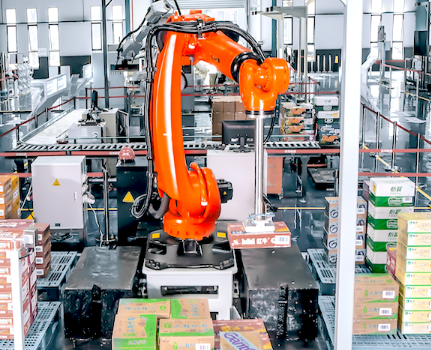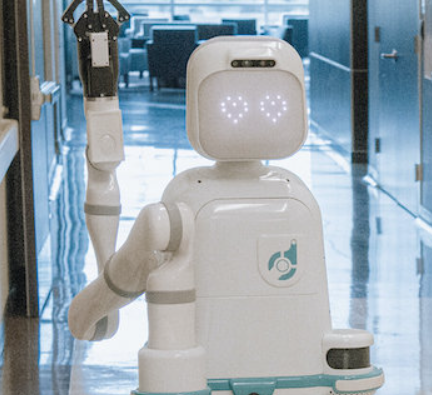
Modern factories are undergoing a profound transformation, moving away from traditional manufacturing models and embracing intelligent automation. Known as smart factories, these facilities integrate advanced robotics and digital technologies to streamline operations, boost flexibility, and enhance productivity. Central to this transformation is the collaboration between humans and machines, made possible by sophisticated robotic systems.
What Defines a Smart Factory?
Smart factories leverage automation and digital connectivity to create more efficient, responsive production environments. Rather than replacing human labor, these technologies are designed to enhance it—using tools like AI, IoT, and data analytics to manage operations with greater precision.
Robots in these factories are not isolated machines performing a single task. Instead, they operate alongside people, adapting in real-time to changing demands and improving the safety and efficiency of shared workspaces.
Key Features of Intelligent Manufacturing
Process Automation
Automation in smart factories aims to optimize workflows. Whether it’s scheduling production, monitoring equipment health, or ensuring product consistency, automated systems enable higher levels of control and better use of data. These systems reduce guesswork and improve reliability across the board.
Operational Flexibility
Today’s market requires manufacturers to be agile. Smart factories can adjust quickly to new product lines, customer demands, or supply chain changes. With automation in place, companies avoid the delays and disruptions associated with reconfiguring processes, making adaptability a built-in advantage.
Reimagining Production Systems
Competitive edge no longer hinges on sheer production volume. Instead, it lies in delivering high-quality outputs with fewer resources. Intelligent automation allows smaller companies to compete by streamlining operations and reducing costs—regardless of their production scale.
Human-Machine Collaboration
Smart factories prioritize people by assigning machines the repetitive or physically demanding tasks. This frees up workers to focus on problem-solving, innovation, and oversight. Collaborative robots, or cobots, are designed specifically for this purpose—working under human supervision while performing tasks with consistent speed and precision.
The Role of Mobile Robotics in Industry 4.0
Mobile robots are playing a central role in redefining logistics and material handling. These autonomous machines are tasked with transporting items, retrieving inventory, and supporting warehouse operations—activities that are repetitive and time-consuming when done manually.
Fleet Management Systems (FMS) are used to coordinate these robots, ensuring efficient routing, safe navigation, and seamless interaction with human workers. This not only improves throughput but also minimizes disruptions and safety risks.
Mobile manipulators take this functionality even further. By combining mobility with robotic arms, they can perform complex tasks like part assembly, quality inspection, material sorting, and surface finishing. Their ability to move freely throughout the workspace allows them to perform tasks across multiple stations without the limitations of fixed automation.
Enhancing Productivity with Mobile Manipulators
A standout feature of mobile manipulators is their capacity to extend the working range of collaborative robots. For instance, omni-directional platforms allow smoother navigation and quicker task execution. This leads to significant time savings and improved workflow continuity.
Applications range from pick-and-place operations and machine tending to metrology, packaging, cleaning, and even intricate assembly tasks like drilling or screwing. By taking over these mechanical duties, robotic systems allow human workers to concentrate on more creative and strategic roles.
As smart factories continue to evolve, the integration of mobile and collaborative robots is accelerating the shift toward more responsive, efficient, and people-centric industrial environments. By combining advanced technology with human insight, these systems are setting new standards for productivity and innovation in modern manufacturing.












